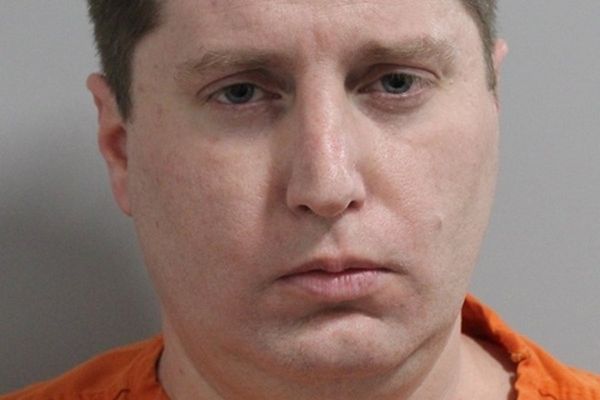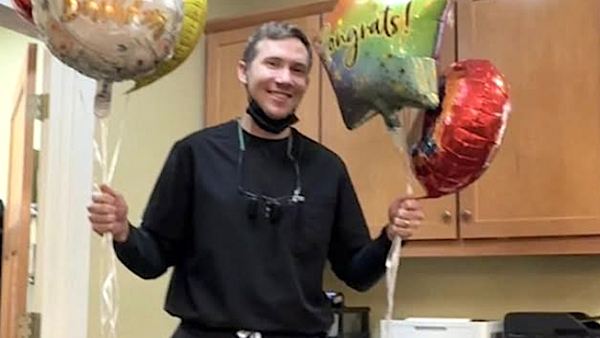
The harrowing local news stories of the last week have confronted Australians with the limitations and opportunities of our contemporary media environment. Between the disinformation hurricane that absorbed the slaughter in Bondi Junction and the sober verdict of the Bruce Lehrmann defamation trial, Australians have been provided with an unusually clearcut choice between the media we have … and the media we may want.
It’s less than a week and an aeon ago that six innocent people – five of them women – were murdered by a knife-wielding man in a Sydney mall. At home in Victoria, I found out about it from my mostly-American group chat, who’d seen it in their news feeds and were trying to work out if I was nearby. I wasn’t, but the glib explanation that I give to overseas friends that “Australia is a small village with an entire continent to itself” was proved very quickly true. Within a couple of hours, I’d learned from social media that someone I knew was there, a deeply traumatised eyewitness to events. On Wednesday, I learned another friend’s beloved family member lay among the dead.
It’s a bizarre paradox that the same medium that delivered the direct, material and immediate news of the tragedy to the communities of those affected by it was also the place that platformed wild disinformation campaigns that exploited the murders for what I’d describe as “carnage opportunism”. Before the final numbers of the dead were even known, online nobodies and the “influencers” who pander to them decided that the 40-year-old Queensland man simply must’ve been a Muslim terrorist by virtue … of having a beard.
The only Muslims at the scene of the attack were victims of it. A refugee from Pakistan – a security guard – murdered by the killer while trying to protect others from the attack.
But untrue tweets on the “must be a Muslim” theme went viral. They’ve since been taken down, but those posters hadn’t responded to thousands of furious corrections by the time an anti-vax conspiracy theorist – presently holed up in the Russian consulate in Sydney, avoiding arrest – was on X (formerly Twitter), encouraging a new rumour that the assailant was a Jewish Australian. On the same platform, receiving far less attention was the father of a 20-year-old university student named Benjamin Cohen, that online commenters now suggested was the killer, begging for people to stop sending death threats to his son.
I’ve written before how bad-faith international actors repackage Australian events to suit propaganda narratives elsewhere. I wonder in whose geopolitical interest it may be to stir up furious division targeting Muslim and Jewish communities in the west?
I’m unlikely to reliably find out from X. Once described as “the crystal meth of newsrooms”, an algorithm that formerly favoured verified sources during breaking news events has been wilfully smashed by the conspiracy-theory-delighted billionaire who now owns it – where these days, for a buy-in, self-“verified” users from anywhere can say anything, be amplified and dominate a news conversation. Their willingness to affirm whatever their audience wishes to believe is rewarded by the platform’s new policy of paying them over certain levels of engagement. As a result, journalists reporting directly from Bondi Junction were less seen and harder to find on X than a collection of extremist grifters and their @PuffyTurd308203-style-account fanboys pushing hate.
Alas, some other news operations appear to remain addicted to X even though the meth’s been cut with poison. Channel Seven incorrectly reported – twice – the rumour naming Cohen as the perpetrator. Disgraced, Channel Seven apologised, but Cohen is taking legal action.
Channel Seven, however, is not the only newsroom recently subjected to critical scorn. Justice Michael Lee delivered his judgment of the Lehrmann defamation case on Monday. It included fierce criticism of media practices around chequebook journalism, excoriation of perceived media arrogance and a pressing need for legalled-beyond-criticism journalistic advice. The exhausting, expensive experience of the trial suggests that a hard reset of legacy media practices isn’t merely in the public interest but (sigh) also in the interests of their brand value, best business practice, and future market share.
Australians who watched with horror as social media allowed the truth about a local tragedy to be stolen in front of us would welcome it. X/Twitter suffered a mortal wound as a news-and-information medium when Elon Musk bought it, but died in front of every Australian when it allowed the foul scapegoating of innocent communities in the wake of horrendous brutality.
Musk’s failure is masthead media’s opportunity – because why would one sit through all the ads on the commercial channels when you can just go on the internet and get your baseless lies for free?
• Van Badham is a Guardian Australia columnist







